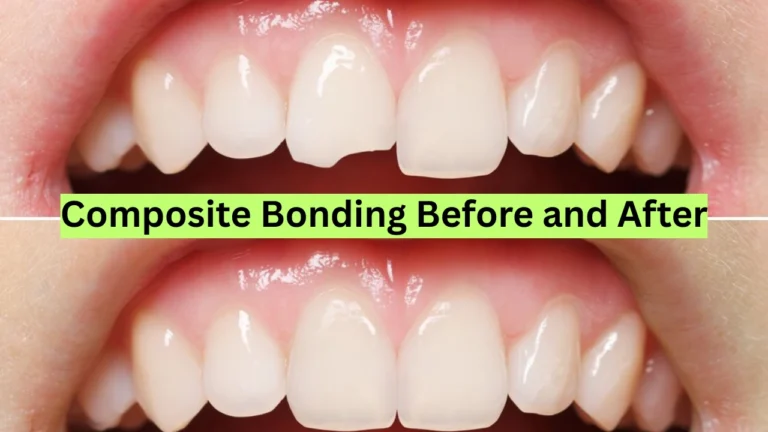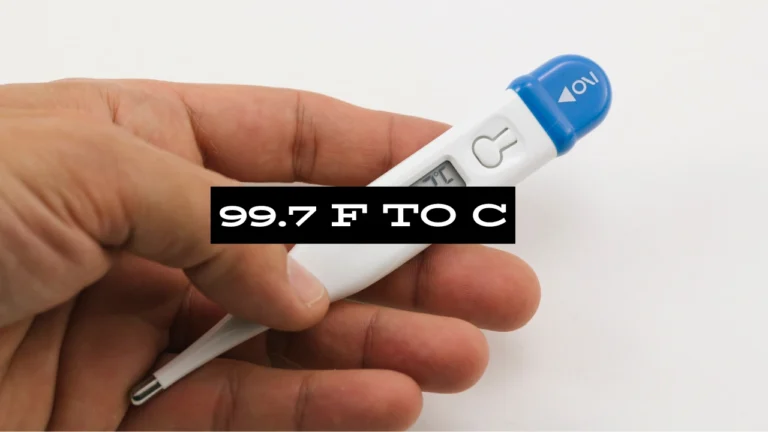Deep Tissue Massage: Everything You Need to Know
Deep tissue massage is a therapeutic technique designed to relieve chronic muscle tension and improve overall well-being. Unlike lighter massage styles, it targets the deeper layers of muscles and connective tissues. This approach is especially beneficial for individuals experiencing persistent pain or recovering from injuries. In this article, we’ll explore the details of deep tissue, its benefits, risks, and everything you need to know to make an informed decision.
What Is Deep Tissue Massage?
Deep tissue involves applying sustained pressure using slow, deep strokes to target the inner layers of muscles and fascia. The goal is to break up scar tissue and reduce muscle tension. This technique is particularly effective for treating musculoskeletal issues, such as strains and sports injuries. By focusing on the deeper layers of muscle tissue, deep tissue helps to improve blood flow and reduce inflammation, which promotes healing and relaxation.
How Does It Work?

Therapists use their fingers, thumbs, or elbows to apply pressure to specific areas. This method helps to release knots and adhesions in the muscles, improving blood flow and reducing inflammation. By focusing on these deeper layers, deep tissue can alleviate chronic pain and restore normal movement. The pressure applied during a deep tissue is much more intense compared to a Swedish massage, which is often lighter and focuses on overall relaxation.
Benefits of Deep Tissue Massage
Deep tissue offers a range of physical and mental benefits:
- Pain Relief: It effectively reduces chronic pain by targeting tight muscles and breaking up scar tissue. The deep pressure releases muscle tension, which can help with conditions like lower back pain, sciatica, and tension headaches.
- Improved Mobility: By loosening muscle knots, it enhances flexibility and range of motion. This is especially useful for people dealing with restricted movement due to muscle stiffness or injury.
- Stress Reduction: The massage promotes relaxation by lowering cortisol levels, leading to improved sleep and mood. When the body is relaxed, it can heal itself more efficiently.
- Better Circulation: Enhanced blood flow aids in the delivery of oxygen and nutrients to muscles, facilitating recovery. Proper circulation is key to muscle health and faster healing after strenuous activities or injuries.
- Posture Correction: Regular sessions can help in correcting posture by relieving muscle tension that pulls the body out of alignment. Proper posture is essential for reducing strain on joints and muscles.
Potential Risks and Precautions
While deep tissue is generally safe, it may not be suitable for everyone. Individuals with certain conditions should consult a healthcare provider before undergoing this therapy.
Conditions to Consider:
| Condition | Consideration |
|---|---|
| Blood Clotting Disorders | Risk of dislodging clots; consult a doctor before proceeding. |
| Recent Surgeries or Chemotherapy | Healing tissues may be sensitive; seek medical advice. |
| Fragile Skin or Wounds | Massage may cause further damage; avoid affected areas. |
| Osteoporosis or Bone Fractures | Deep pressure could lead to injury; use caution. |
| Pregnancy | Certain pressure points may induce labor; consult a prenatal specialist. |
It’s important to always inform your massage therapist about any health conditions you may have to ensure a safe and effective session.
What to Expect During a Session
A typical deep tissue session lasts between 60 to 90 minutes. The therapist will discuss your specific concerns and focus areas before beginning. During the massage, you may experience discomfort as the therapist works on tight muscles, but it should not be painful. The therapist may adjust the pressure based on your feedback. If the pressure feels too intense, don’t hesitate to communicate your preferences.
Aftercare and Recovery
Post-massage, it’s common to feel some soreness, similar to after a strenuous workout. This is a normal part of the process as the muscles adjust to the applied pressure. The soreness should subside within a day or two. To aid recovery, consider these aftercare tips:
- Hydrate: Drink plenty of water to help flush out toxins released during the massage.
- Rest: Allow your body time to recover and avoid strenuous activities immediately after.
- Apply Heat or Cold: A warm bath or cold compress can help alleviate any lingering soreness.
The Science Behind Deep Tissue Massage
Deep tissue works on a physiological level by affecting the muscles and fascia, which are the connective tissues surrounding muscles. When pressure is applied to these areas, it helps release adhesions (also known as muscle knots) that form due to tension, overuse, or injury. This technique stimulates the nervous system, helping to reset muscle fibers and reduce inflammation. Increased blood flow to the area encourages healing and promotes the delivery of essential nutrients and oxygen, allowing for faster recovery and reduced pain.
Deep Tissue Massage for Athletes
Athletes often push their bodies to the limit, which can lead to muscle stiffness, soreness, and injuries. Deep tissue can be an invaluable tool for athletes looking to maintain peak performance and speed up recovery times. By focusing on areas of tension and muscle groups that are heavily used during exercise, deep tissue helps alleviate tightness and reduce the risk of injury. Many professional athletes incorporate deep tissue into their regular training regimen for its ability to improve flexibility and prevent chronic muscle pain.
How Often Should You Get a Deep Tissue Massage?
The frequency of deep tissue depends on your individual needs and goals. If you’re recovering from an injury or dealing with chronic muscle pain, you may benefit from more frequent sessions once or twice a week. For general wellness, once every 2 to 4 weeks is usually sufficient. It’s important to listen to your body and consult with your therapist to determine the ideal schedule. Over time, regular massages can help you maintain muscle health, reduce stress, and enhance overall mobility.
Conclusion
Deep tissue is a powerful tool for managing chronic pain, improving mobility, and reducing stress. By targeting the deeper layers of muscle and connective tissue, it offers relief where other massage techniques may not reach. However, it’s essential to consult with a qualified therapist and consider any health conditions before undergoing this therapy. With proper care and communication, deep tissue can be a valuable addition to your wellness routine, helping to improve your physical and mental well-being.
FAQ
Is deep tissue massage painful?
No, it should feel firm but not painful; communicate with your therapist to adjust pressure.
How soon will I feel relief after a deep tissue massage?
Relief is often immediate, but soreness can last 1-2 days before improvement.







